Sitecore 10.4: A Comprehensive Overview
A comprehensive look at the new features and changes in Sitecore 10.4
Start typing to search...
By my count its been 16 months since Sitecore 10.3 came out. It was a great release. In the interim there was a lot of focus on Sitecore XM Cloud but now we’re getting back to it with Sitecore 10.4. A new release that gives over 200 improvements, increases accessibility compliance and introduced an innovative approaches for connecting marketing data.
I’ve done some digging. Let’s see what this release has in store for us!
While Sitecore is innovating with their SaaS-based XM Cloud platform, with this 10.4 release Sitecore is essentially renewing its vows with its long-time Sitecore XP and XM customers. Here is what the support window looks like for this release.
They have also announced that Sitecore 10.5 is tentatively scheduled for a release in early 2025.
Here are the key features we’ll be getting into:
With Sitecore we’re always looking to deliver the most engagement experiences possible. At the core of that is leveraging data to drive our customer experiences and Sitecore 10.4 introduces a number of powerful new possibilities.
If you’re unfamiliar with Sitecore Connect it’s a low-code / no-code integration platform that allows users create automations between nearly anything - including marketing platforms.
The big news - xConnect data is now available in Sitecore Connect.
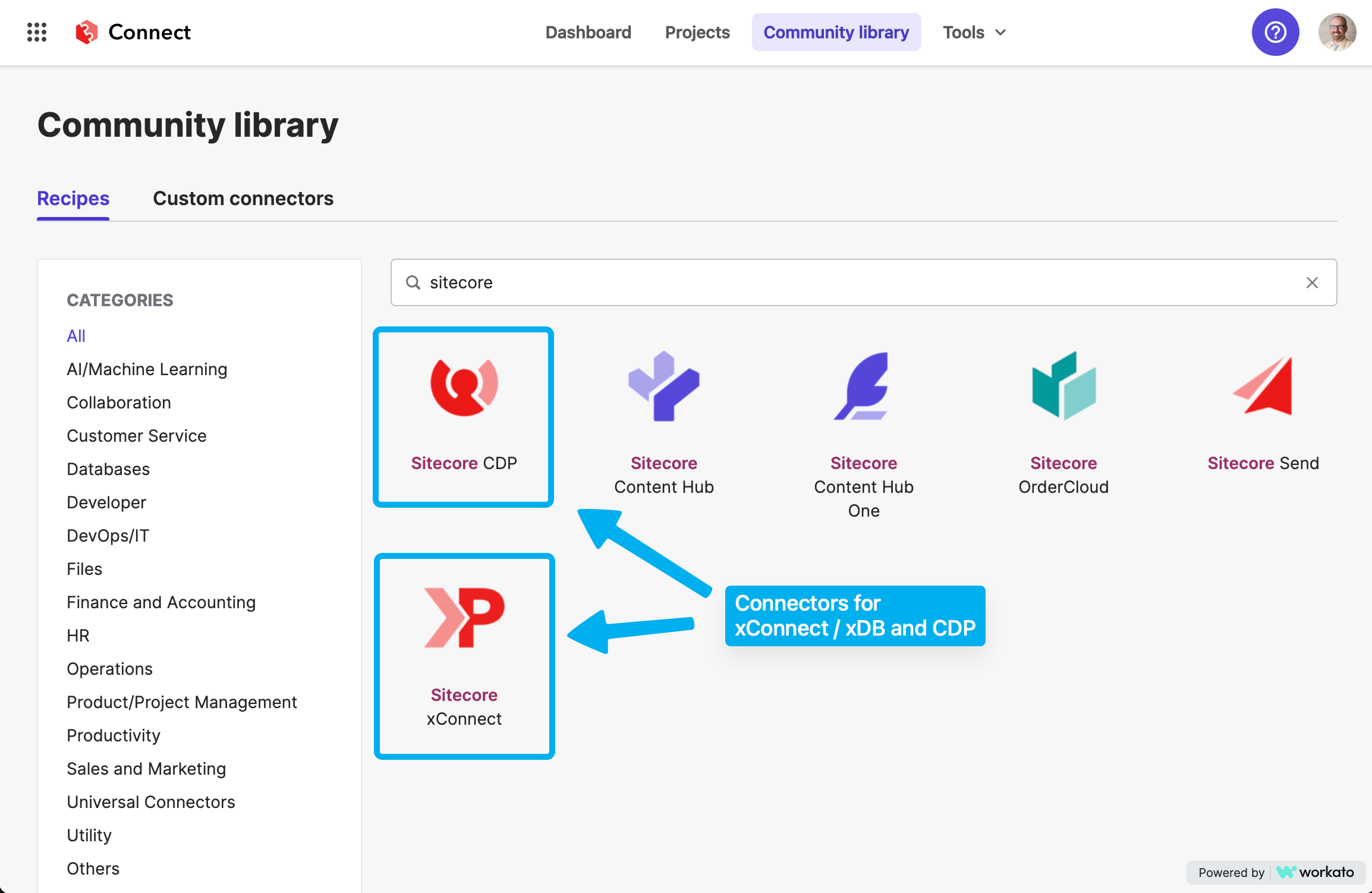
To be clear, Sitecore Connect is a separate product but an extremely powerful part of their modern stack.
This will allow you to listen to the marketing data Sitecore is collecting and create recipes to send it to other platforms.
For example:
With the xConnect connector, Sitecore Connect can really extend the reach your Sitecore-based insights.
You can now create site-wide rules to trigger goals (and campaigns). Instead of assigning goals to specific pages, you can set multi-level rules involving page visits, page location, page hierarchy to trigger goals.
This is referenced later in this article as module, but it’s important to mention it under personalization as well. This will allow users to add custom fields to contacts without a developer, allowing marketers to evolve their contacts with the same ease as their CRM.
Sitecore aligned with the W3C ARIA Authoring Practices Guide and delivered advanced keyboard-based navigation in the Content Editor. You can use via keyboard to accomplish most any tasks including navigating the menu ribbons, accessing items in the tree, expanding and collapsing segments and editing content in the fields.
Keyboard navigation is also not simply for accessibility, but is useful for overall productivity.

I’ve recorded this video, showing the keyboard navigation in use. You can see the highlighting of elements and the ability to leverage common keyboard practices to work around the interface.
It has been said that Sitecore is switching to a more module-based approach to add value to the ecosystem. This has a number benefits:
Here are the modules being discussed in relation to this release (though not directly tied to it).
The XM Cloud Content Migration tool comes in two flavors - command-line and graphical user interface. The tool is used to migrate content, media & users from Sitecore 10.1 or later into an XM Cloud instance.
It does not migrate or convert your renderings and code. Nor does it migrate your xDB data (which makes sense because XM Cloud doesn’t have xConnect).
Here is a look at the first few screens to understand the data it requires.
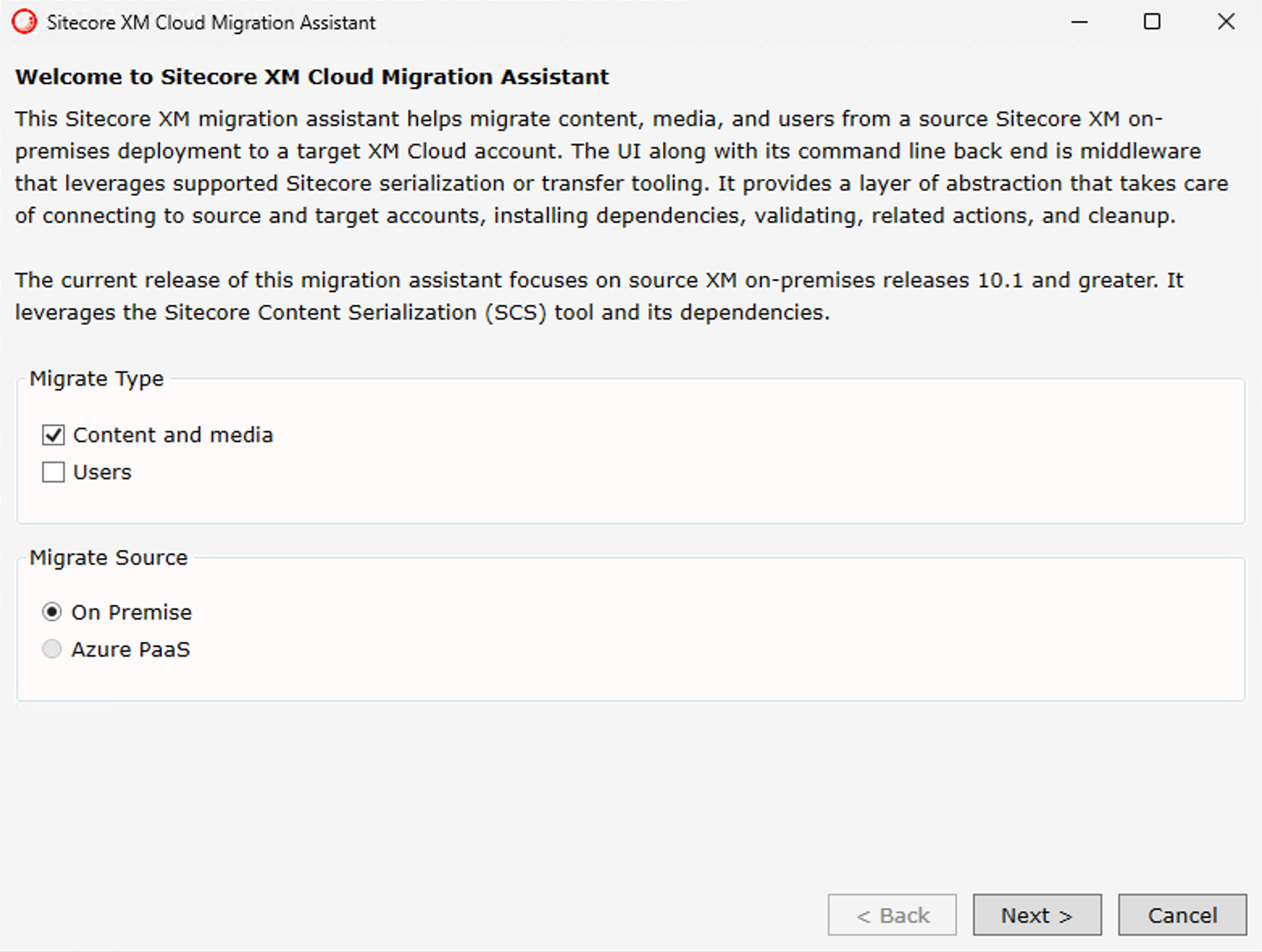
In this version Azure PaaS is not selectable. It is nice to see that its support is planned.
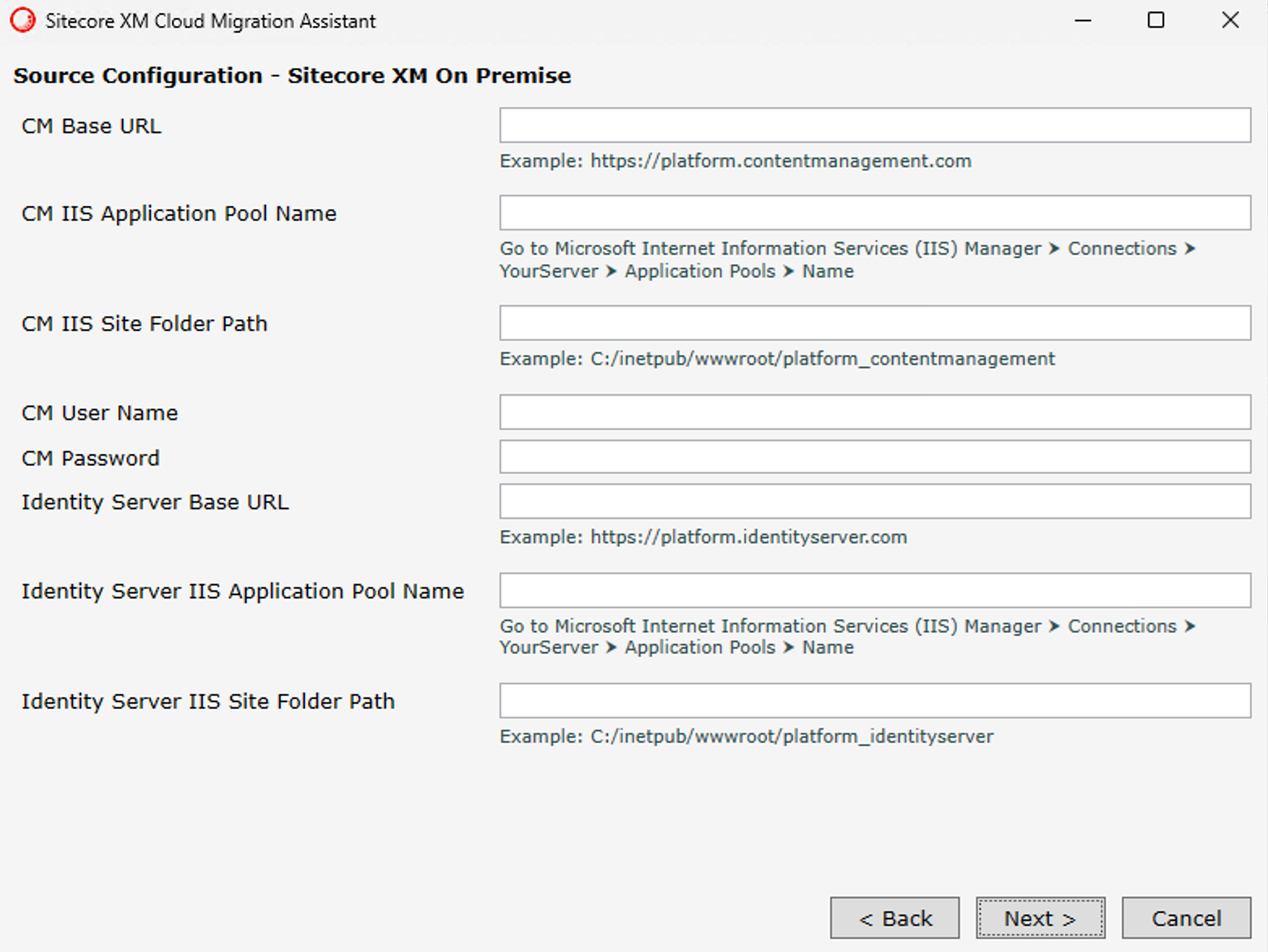
The next screen targets a local Sitecore instance and web server.
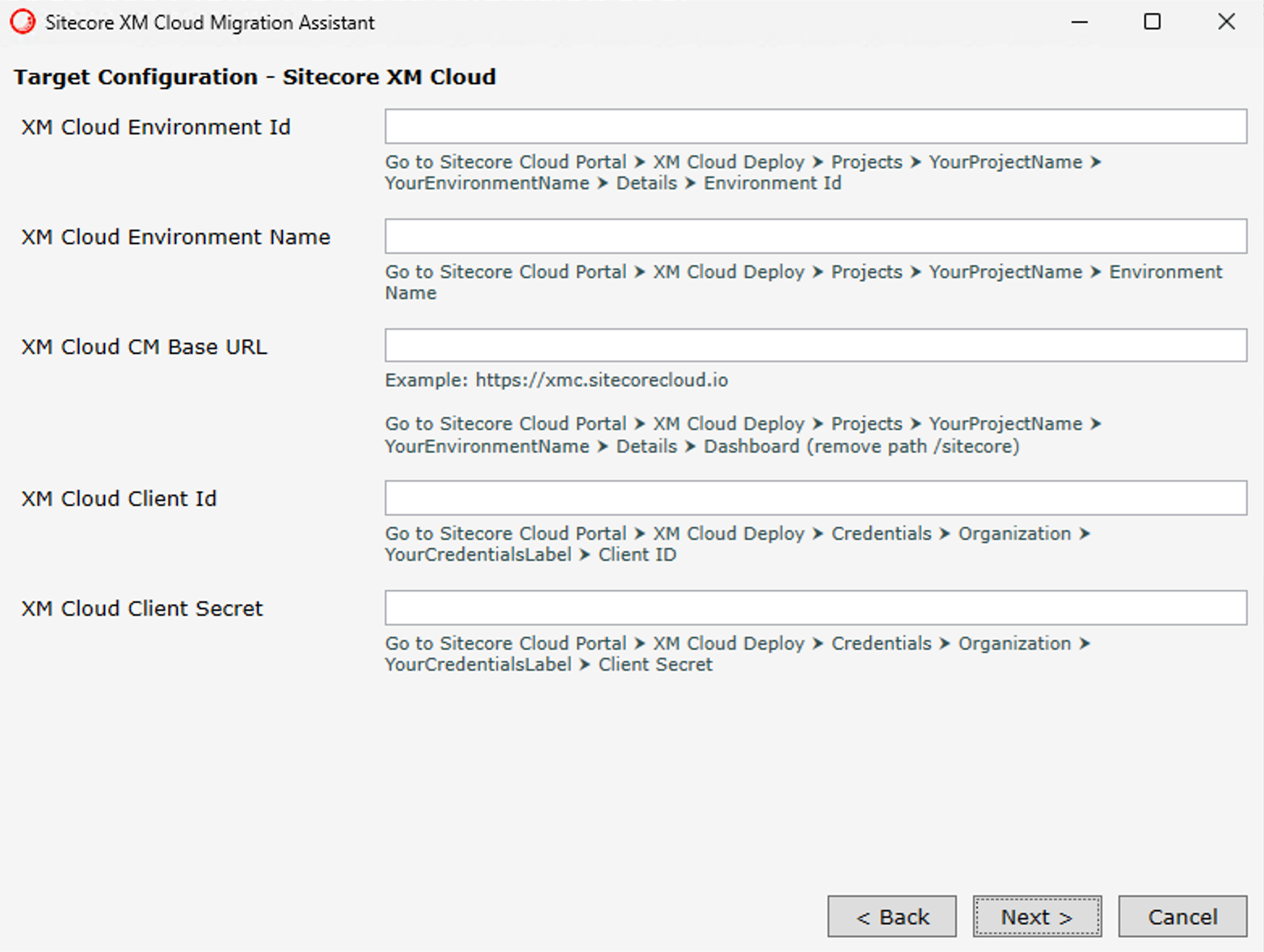
The next screen requires details of the target XM Cloud instance.
Access the XM Cloud Content Migration Tool here.
The xDB to CDP Migration tool migrates xDB contacts into Sitecore CDP by leveraging Sitecore Connect. If you are unfamiliar with it please read our overview of Sitecore Connect.
This tool actually consists of a series recipes for Sitecore Connect, leveraging the Sitecore Connects
connector to Sitecore xDB (referenced earlier in the article) & Sitecore CDP.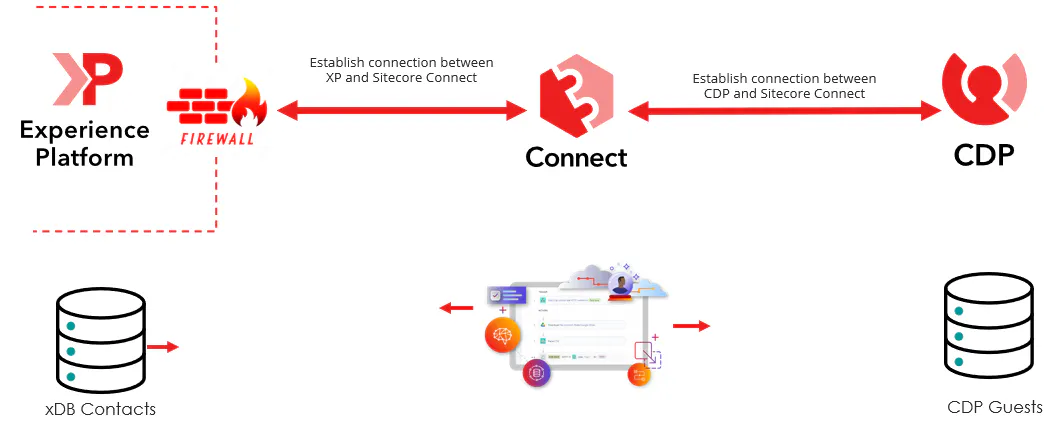
It’s a perfect, clever use-case for Sitecore Connect.
If you have customized your contacts in xDB with custom facets, you’ll need to modify the recipes to include mappings for values between xConnect and CDP. Understandably, out of the box it migrates only the out of the box contact fields in xDB.
Access the xDB to CDP Migration Tool here.
As of writing this article, this low-code method of extending for contacts schema with facets in xDB is not available quite yet. It’s scheduled for mid-May.
Previously adding custom facets to contacts inside of xConnect was code-intensive process. It will nice to give marketers (or even developers) a low-code tool to extend contacts to include the latest information that we want to capture.
Sitecore Experience Accelerator (SXA) has a new release with version 10.4. As you may know, SXA versioning was updated to align with Sitecore versions. In recent years SXA has been the foundation of a strong Sitecore implementation and is fundamental to XM Cloud.
Here are the major highlights:
Settings/Site Groupings/SiteName you can add an isInternal=true property to keep your
sites hidden from GraphQL queries against Edge.Settings/Component Configuration you can insert new items to control which components are accessible on
what templates. I love this feature.We’d always recommend leveraging SXA and Headless Services (also called Sitecore JavaScript Rendering SDK or JSS) whenever possible. Let’s look at the major highlights:
JSS_APP_NAME to SITECORE_SITE_NAME.
getStaticProps and getServerSideProps
**functions.**Sitecore has also advertised over 200 further enhancements & fixes to the platform as part of this release. Here are a few that have grabbed my interest.
You can now add custom, non ISO language-region pairings directly in Sitecore at the application-level without having
languages registered at the operating system level and in .NET. This allows for designations like en-eu
or es-ca and provides more flexibility in addressing global markets.
In Azure PaaS languages cannot be added at the operating system level. They can be added in a standard virtual machines. This has previously made it impossible to modernize your website into Azure PaaS (and potentially XM Cloud) if you were using non-standard language-region pairs.
This limitation is not obvious and trying to work around it has taken years off my life. This is wonderful for large organizations. Thank you Sitecore for including this.
Sitecore Client Content Reader has been added which will enforce read-only access
to the content tree and media library items.Tenant has been renamed Site Collection.TemplateName is now added to webhook requests, allowing us to respond uniquely by template.Sitecore 10.4 is an impressive release with numerous enhancements and upgrades across the platform, making it one of the most stable releases and an excellent foundation for migrations. If you're currently on 10.3, an upgrade might not be necessary. However, if you're on 10.2 or earlier, the benefits of upgrading to a version that fully supports Headless SXA (introduced in 10.3), along with these other enhancements, put an organization in a strong position for the future.
The expansion of Sitecore Connect with the xConnect integration signals an interesting evolution. It allows a hybrid model of flexibility and composability while still operating within the traditional Sitecore XP & XM world.
Looking for help with your upgrade? Please drop me a line or connect with me on LinkedIn.
Thanks for reading!